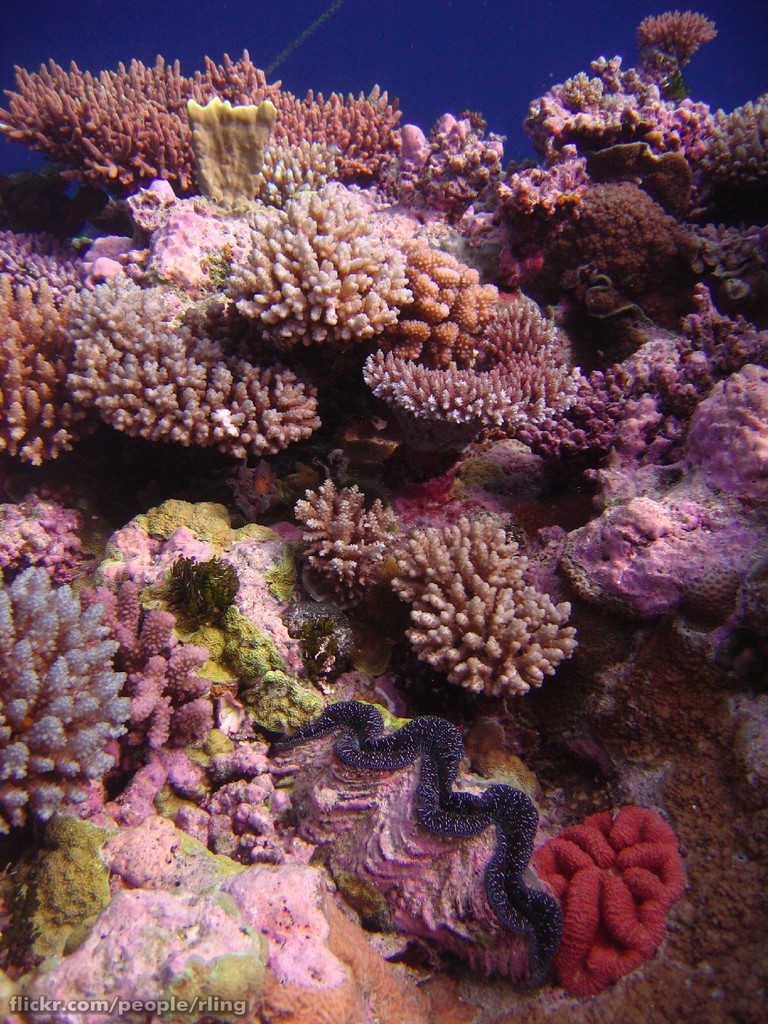A group of colourful fish living on Caribbean coral reefs have shed light on how species evolve in the oceans.
The seas brim with thousands of species but how they evolved remains something of a conundrum. Now researchers from the University of East Anglia, in the UK, and Simon Frazer University in Canada, have uncovered evidence suggesting fish can separate into new species without a geographical barrier - a rarity in the fluid, underwater world. With the help of hundreds of volunteer divers spotting fish in REEF surveys (Reef Environmental Education Foundation), the research team tracked the location of hamlet fish, from the genus Hypoplectrus, all across the Caribbean. 
These are small fish, around 15cm or 6 inches long, that come in a variety of colours including yellow, blue and black (one of my favourites is the indigo hamlet - a deep indigo colour with white bands that look like it's been tie dyed). Previously, it was thought that marine species might have evolved during times when the sea level was lower which split populations into separate water bodies. These subdivided populations would then have given rise to new species. This new study, published in the journal Global Ecology and Biogeography, revealed that hamlet species tend to live in a series of clusters or hotspots. If species evolved in isolation, we might expect to see separate hotspots for different species: the evolutionary cauldrons of the past. But instead, many species live in more than one hotspot and individual species hotspots overlap, suggesting that hamlets didn't evolve separately but in the same areas.
It could be that other factors like competing for food and habitat are more important than geographical isolation in the story of how the hamlets evolved into different species. Now researchers need to work out what is controlling the current distribution of hamlets and uncover what is stopping them from interbreeding and blurring species boundaries.
This study has put good scientific use to data collected by amateur scuba divers and the findings have provided at least part of the solution to the riddle of how some species in the oceans have evolved, and continue to do so.










Comments
Add a comment